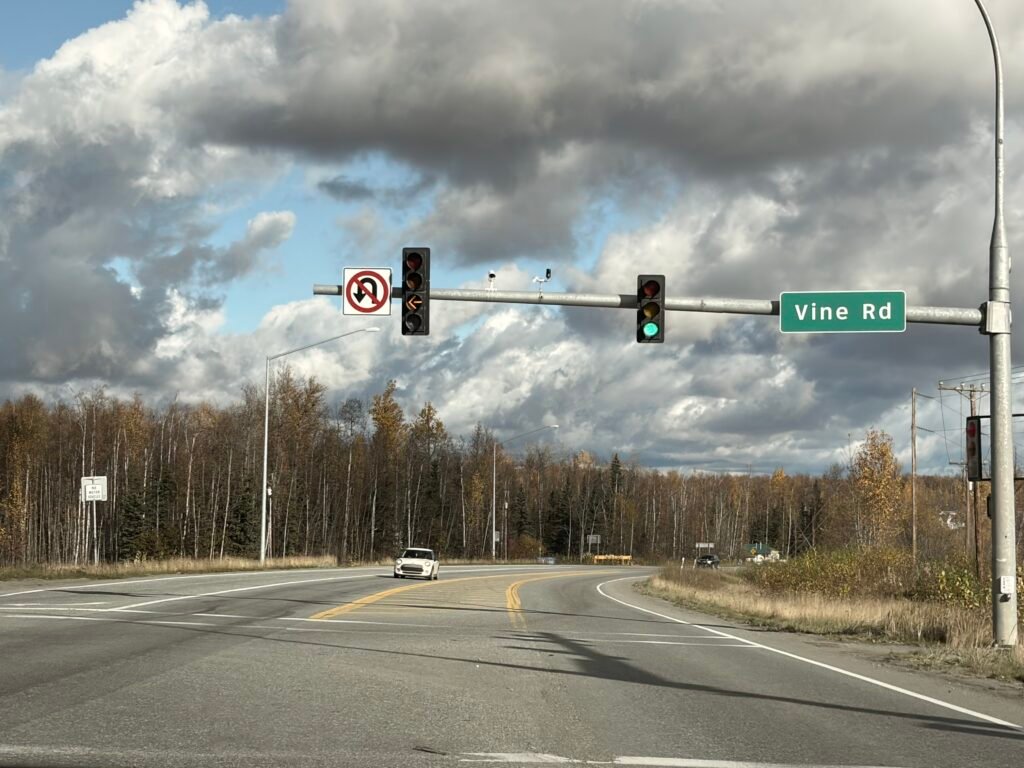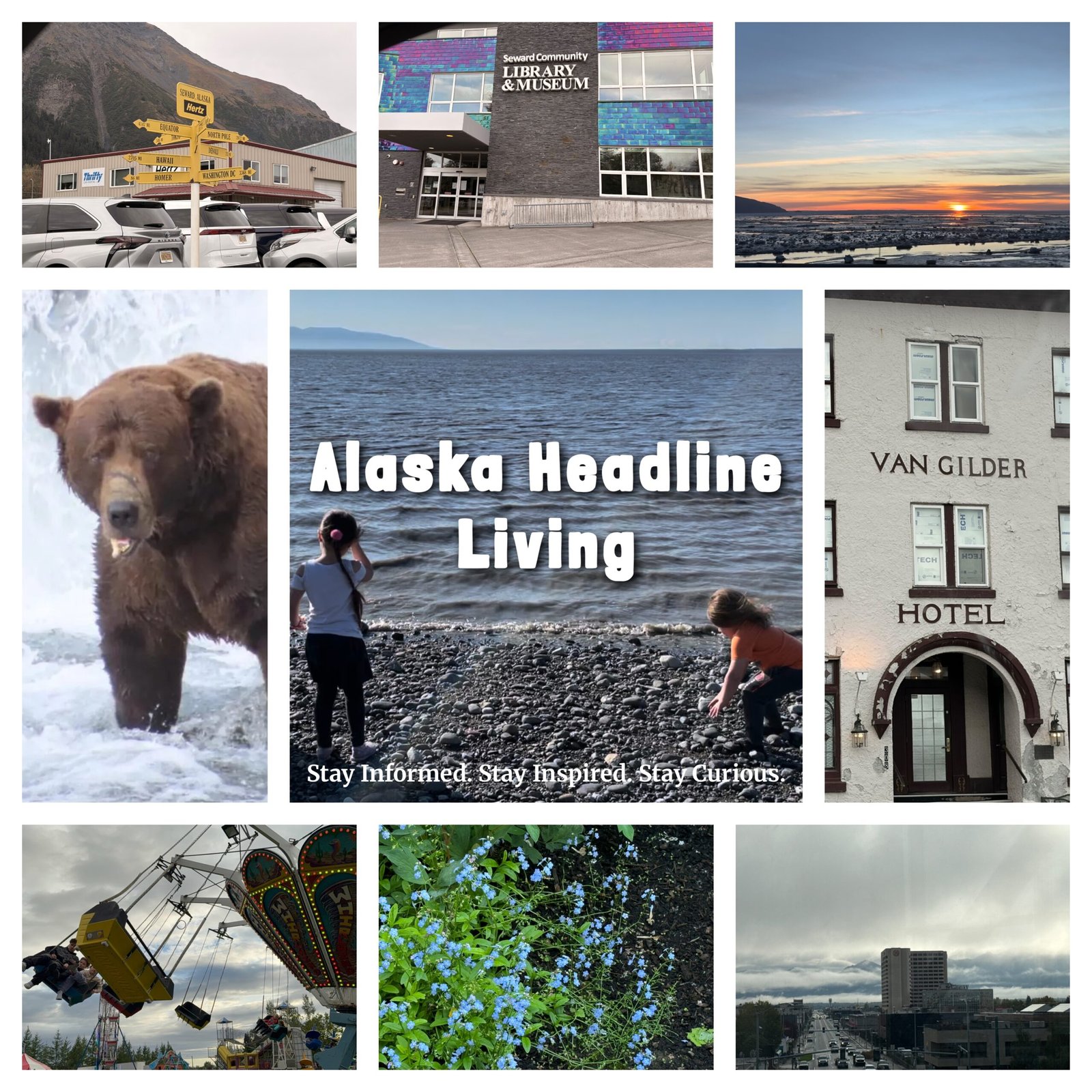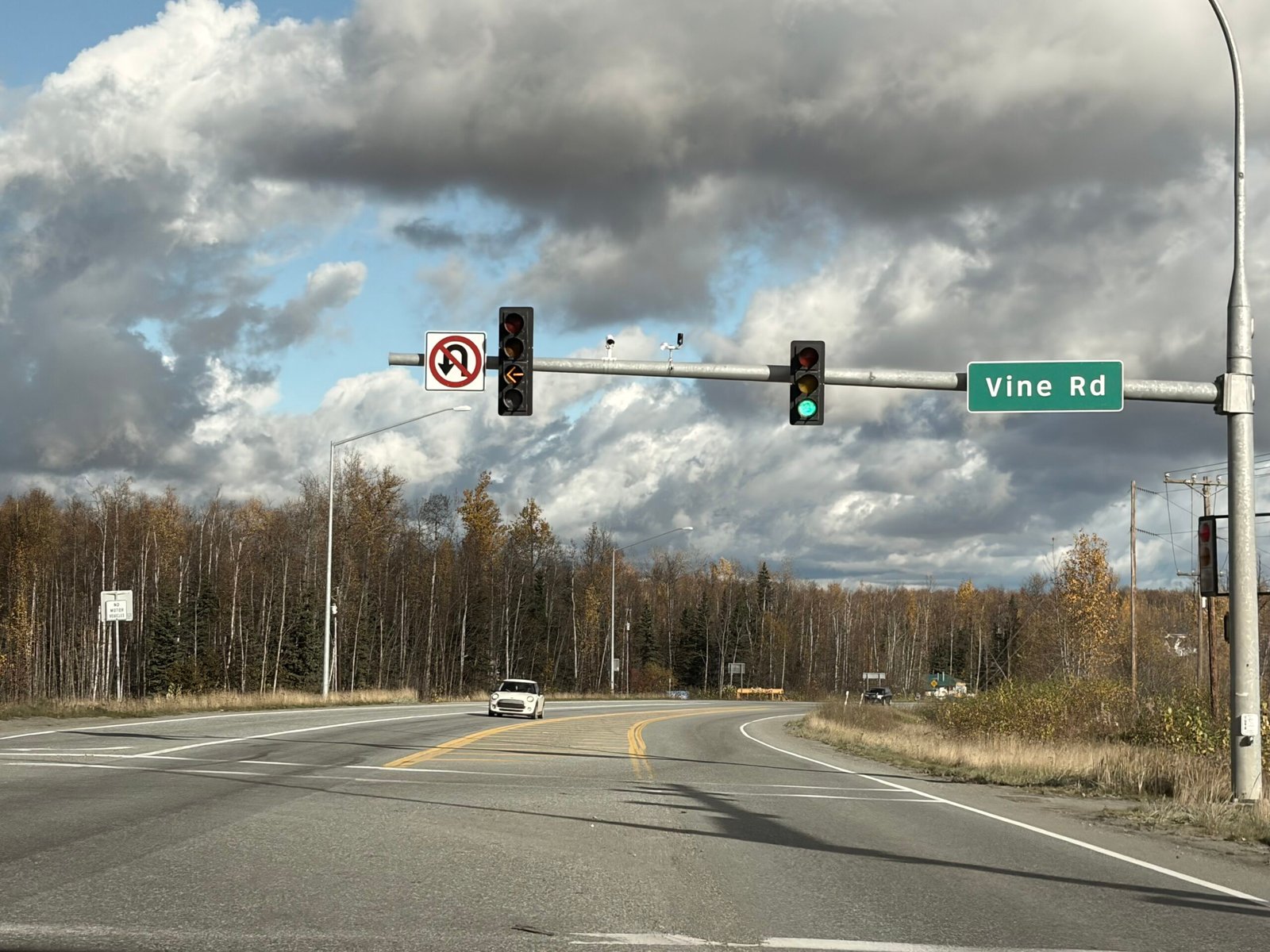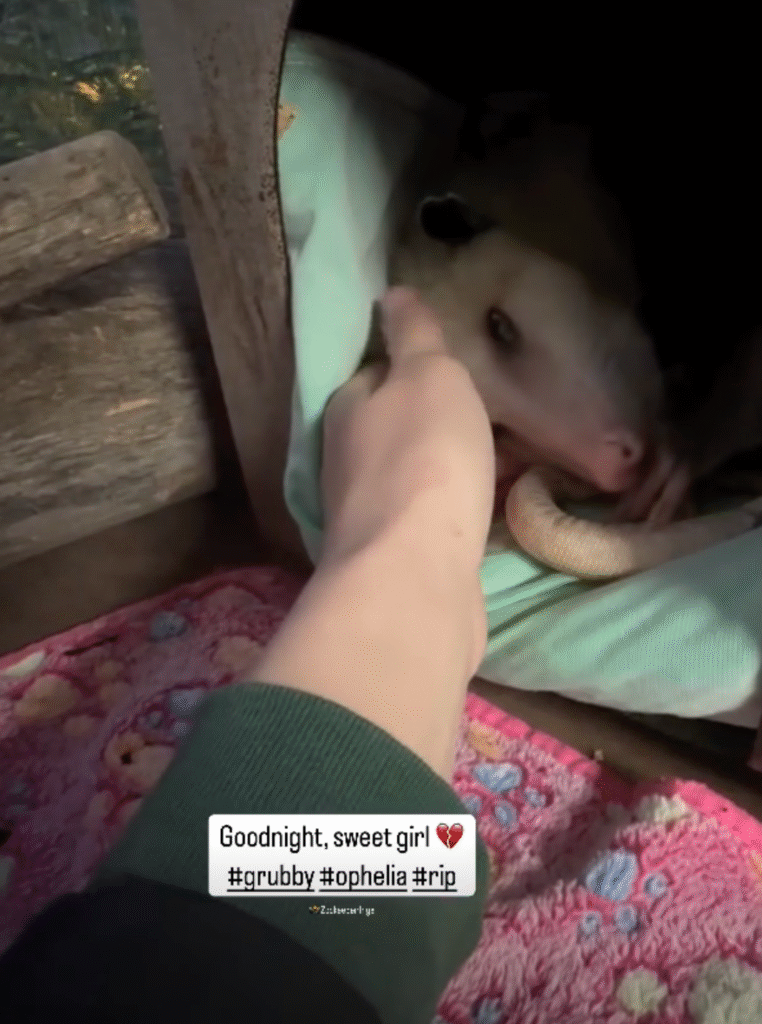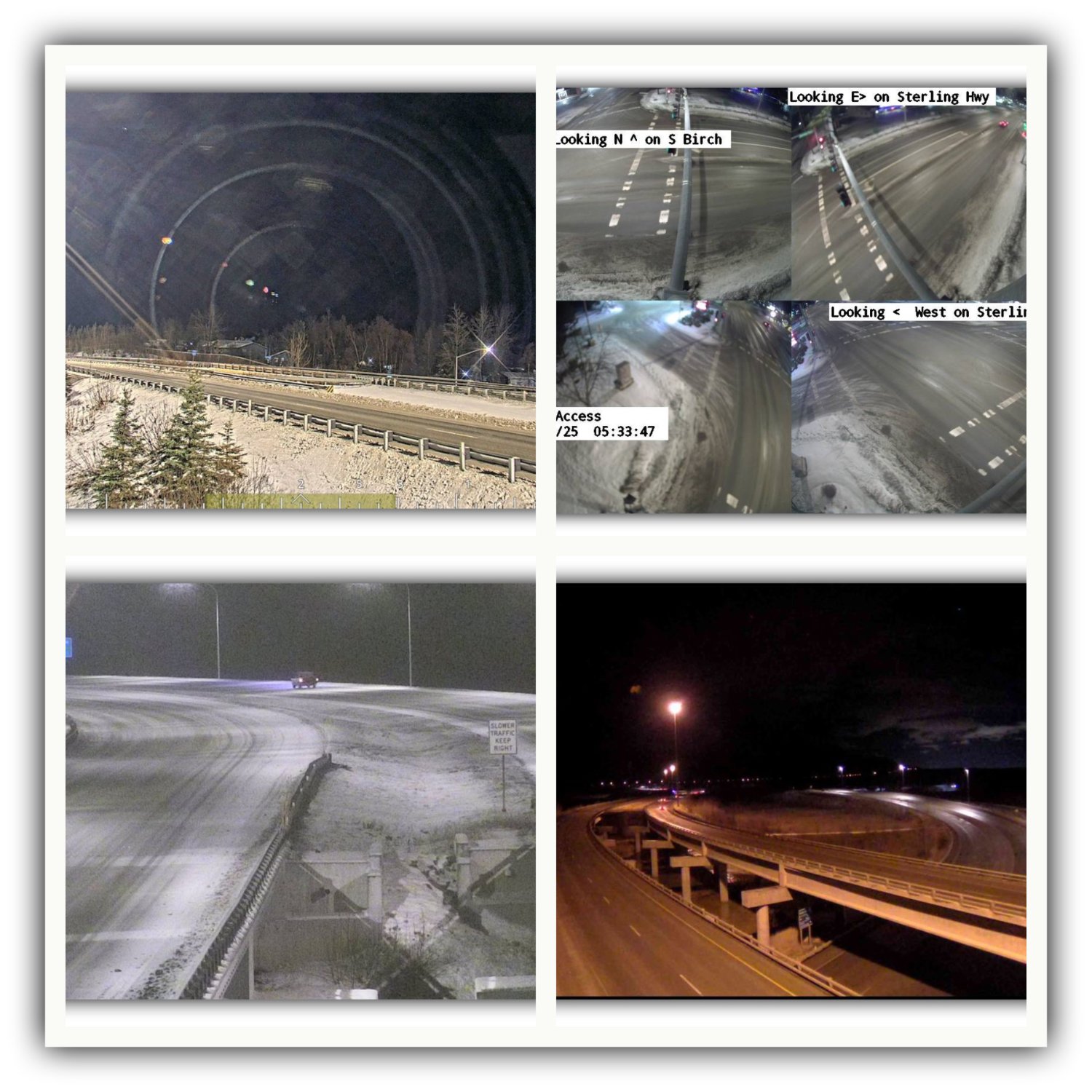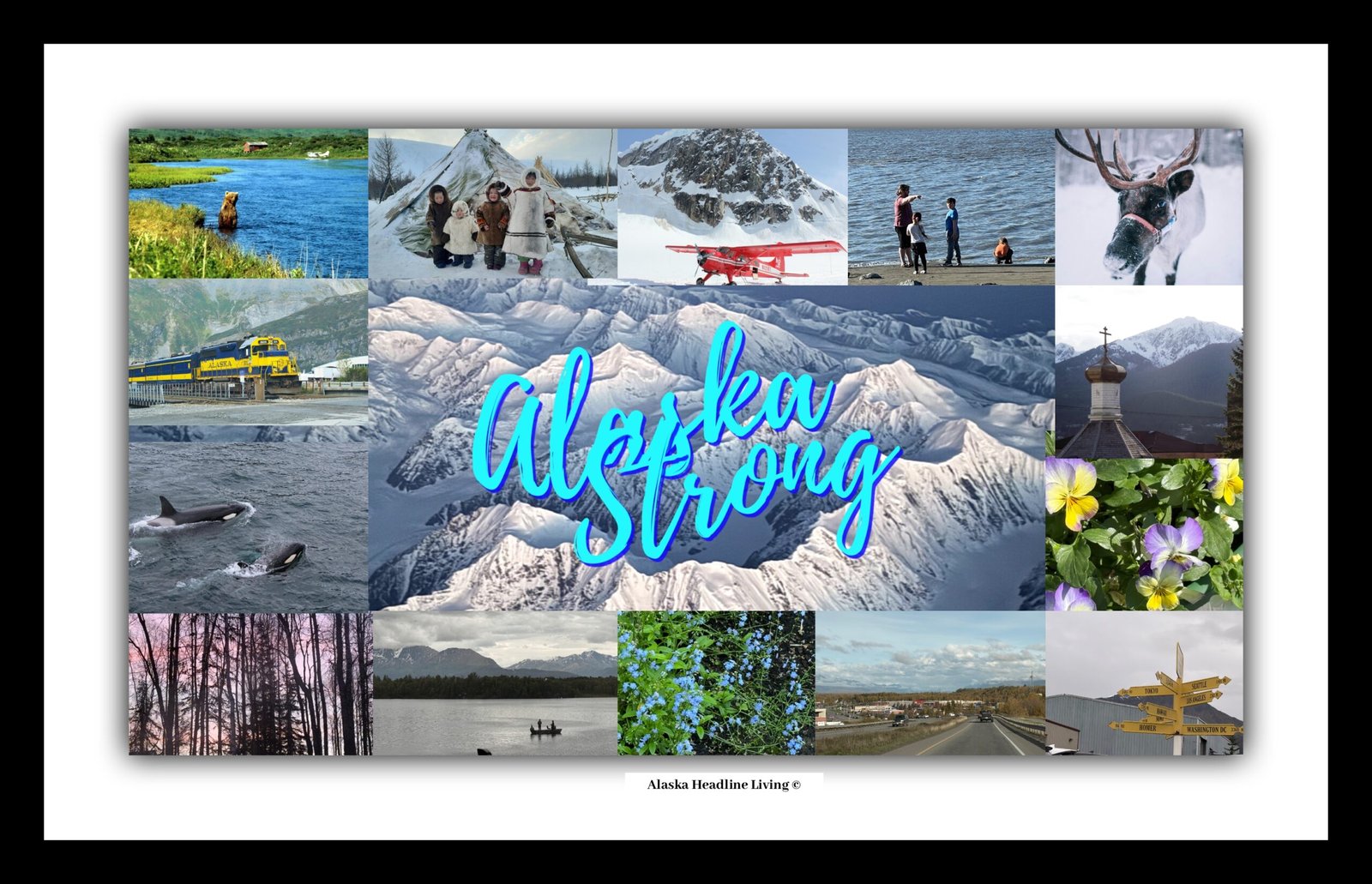🌪️ Western Alaska Storm Devastation: Typhoon Halong’s Aftermath
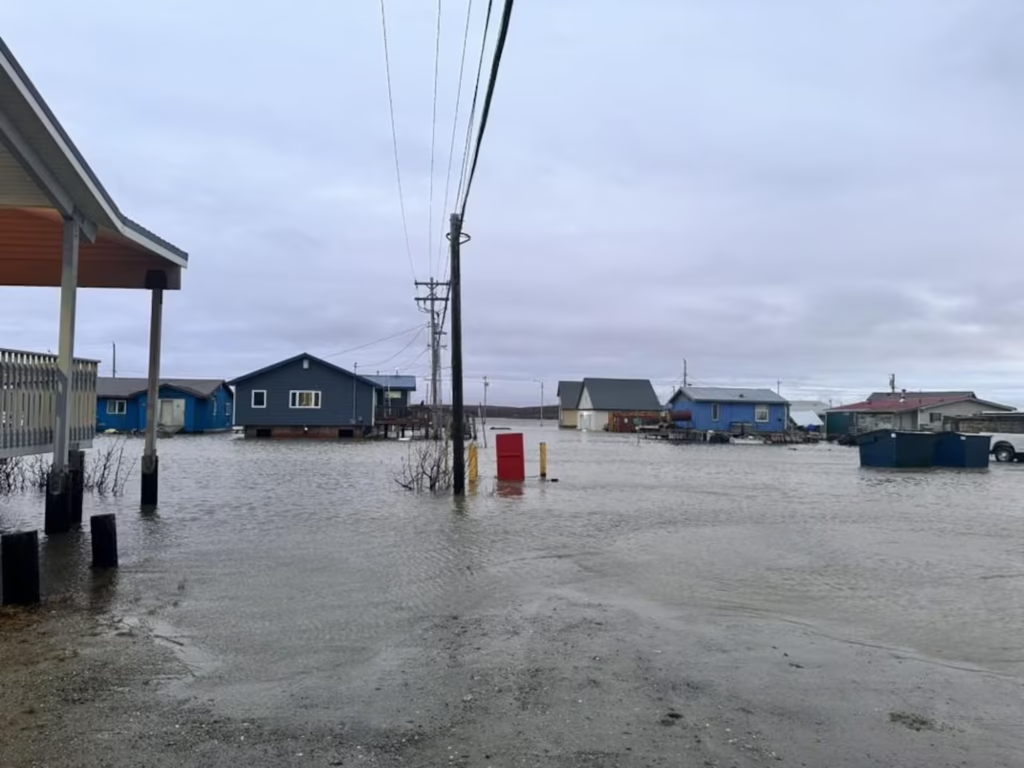
The remnants of Typhoon Halong have caused catastrophic flooding and destruction in southwestern Alaska, particularly affecting the Yukon-Kuskokwim Delta region. Two villages—Kipnuk and Kwigillingok—have been nearly decimated, with many homes destroyed or displaced. Over 1,500 residents have been forced from their homes, and emergency shelters are overwhelmed. One woman has been confirmed dead, and two individuals remain missing. AP News+1
Rescue operations are ongoing, with the U.S. Coast Guard rescuing dozens of people, some from rooftops. The National Guard has been deployed to coordinate evacuations and deliver critical supplies. The storm has also caused power outages, contaminated water supplies, and damaged heating systems, threatening survival as winter approaches.
🐾 Alaska Zoo’s Grubby the Opossum Dies of Old Age
Grubby, the opossum who gained fame for traveling from Washington to Alaska in a shipping container, has passed away at the Alaska Zoo due to complications of old age. She was approximately 3.5 years old, which is older than the typical lifespan for her species. Alaska Zoo
🧠 Alaska Education Department Publishes AI Guidelines

The Alaska Department of Education has published guidelines on developing artificial intelligence policies in schools. While there is no blanket policy governing the use of AI, individual professors can decide how to use it or discourage its use. This move comes as AI continues to play an increasingly significant role in education. Alaska Department of Education
🧊 Mendenhall Glacier Retreating from Mendenhall Lake
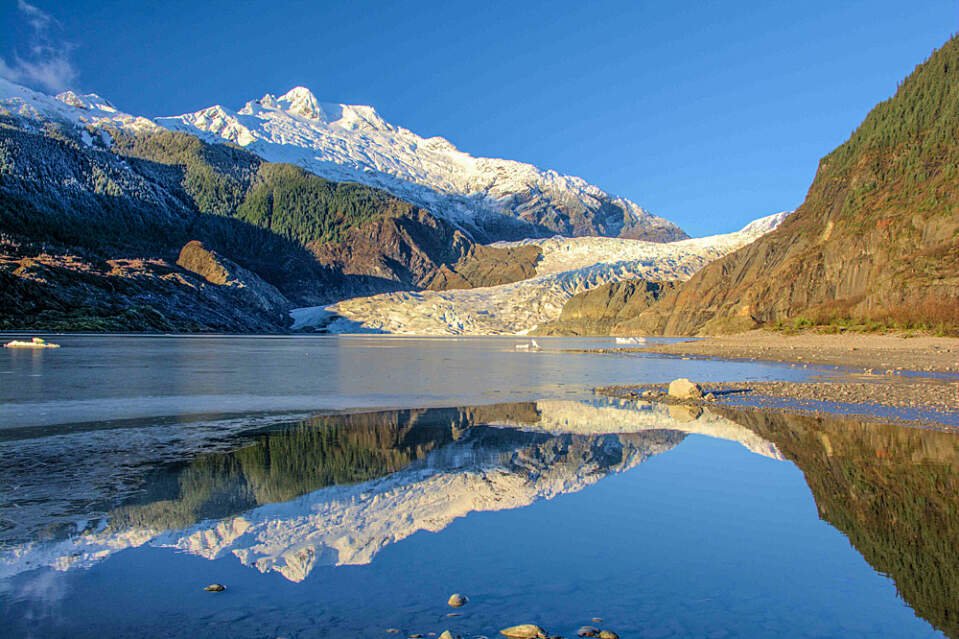
Scientists report that the Mendenhall Glacier is pulling its icy toe from the lake it created. The glacier’s retreat has been ongoing, but experts believe it will soon be separated from Mendenhall Lake entirely. This phenomenon is a stark reminder of the impacts of climate change on Alaska’s glaciers. UAF Geophysical Institute
These stories are reminders that Alaska’s future is being written every day—in classrooms, in communities rebuilding from disaster, and in the ice fields melting before our eyes. Stay informed, stay connected, and keep watching the horizon. Alaska is changing fast—and so are the stories that define it.
